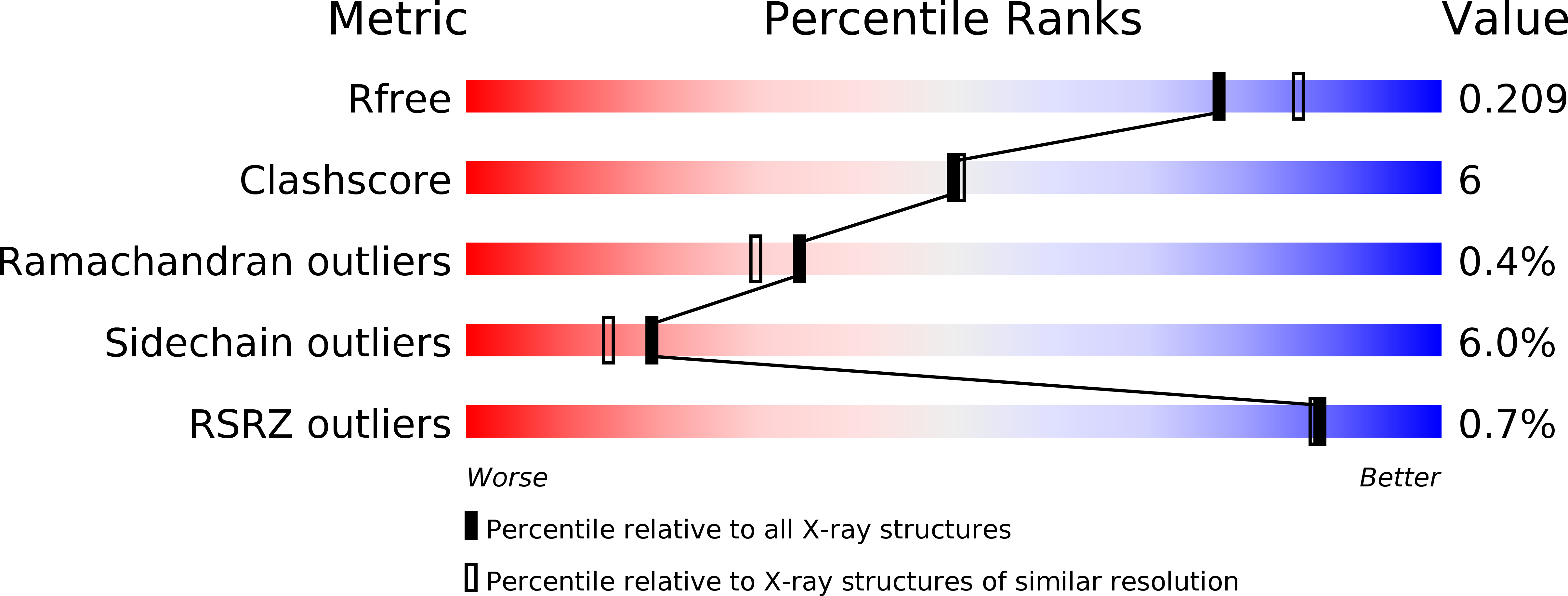
Deposition Date
1999-01-12
Release Date
2000-01-07
Last Version Date
2023-08-09
Entry Detail
PDB ID:
1B57
Keywords:
Title:
CLASS II FRUCTOSE-1,6-BISPHOSPHATE ALDOLASE IN COMPLEX WITH PHOSPHOGLYCOLOHYDROXAMATE
Biological Source:
Source Organism:
Escherichia coli (Taxon ID: 562)
Host Organism:
Method Details:
Experimental Method:
Resolution:
2.00 Å
R-Value Free:
0.23
R-Value Work:
0.19
Space Group:
P 31 2 1


